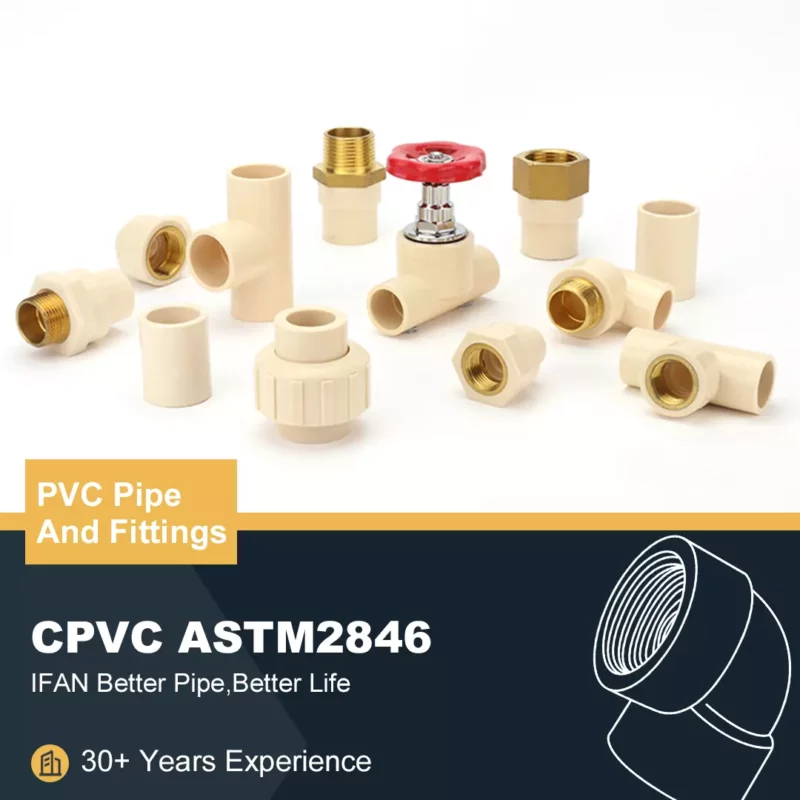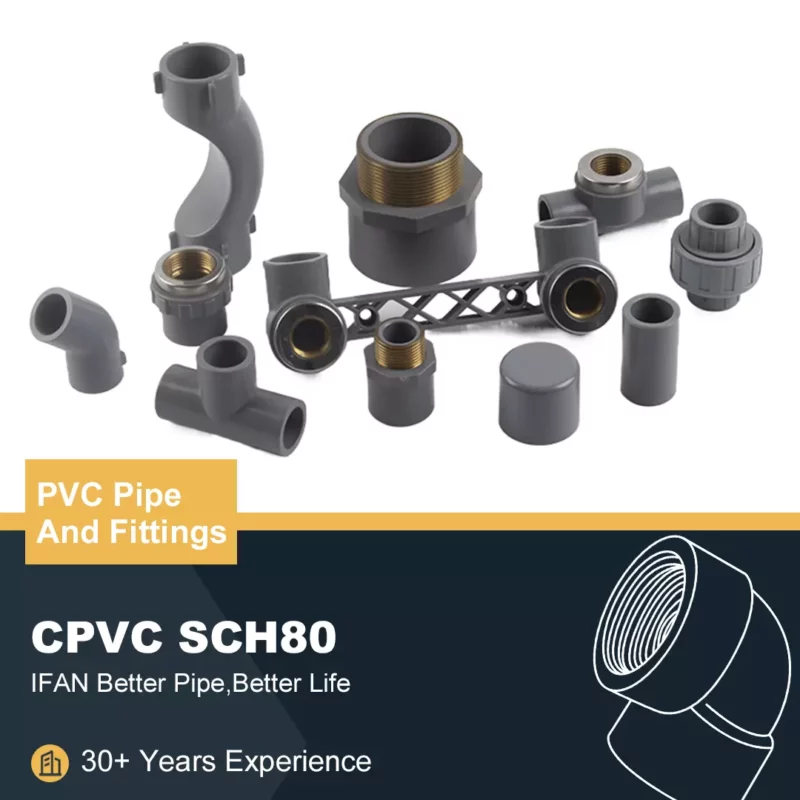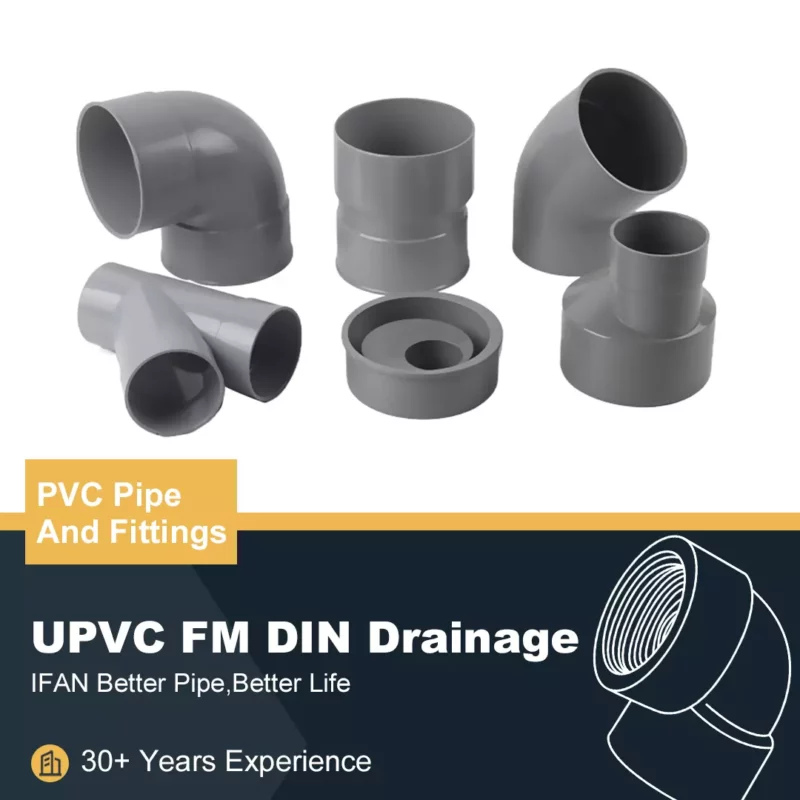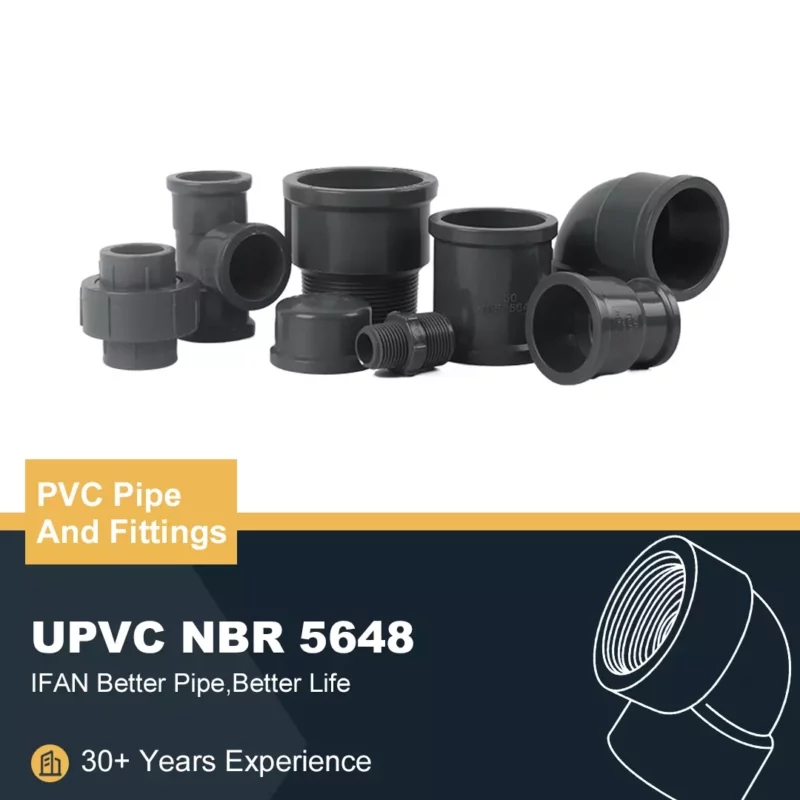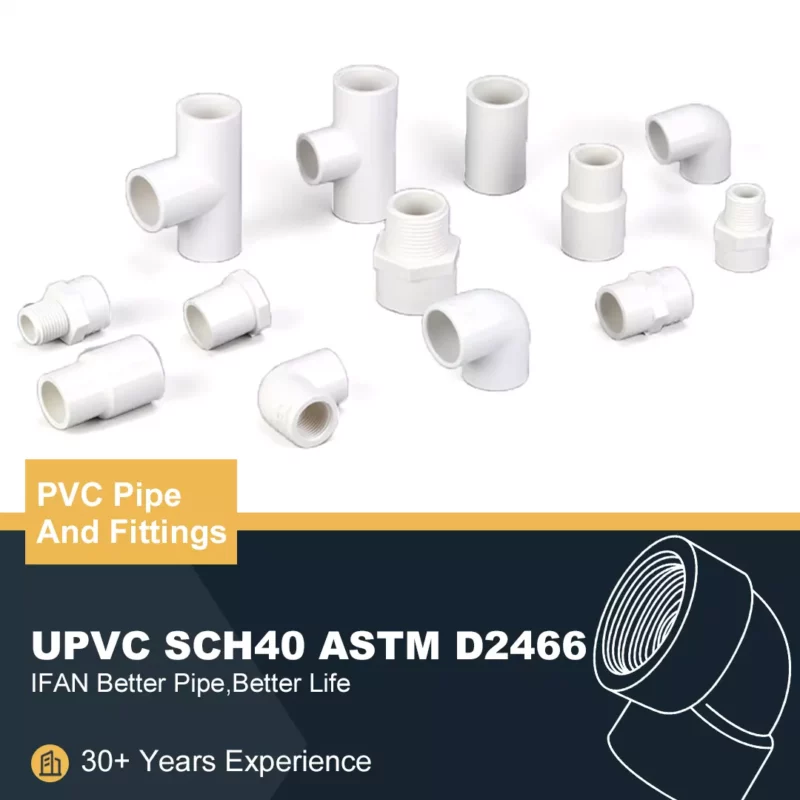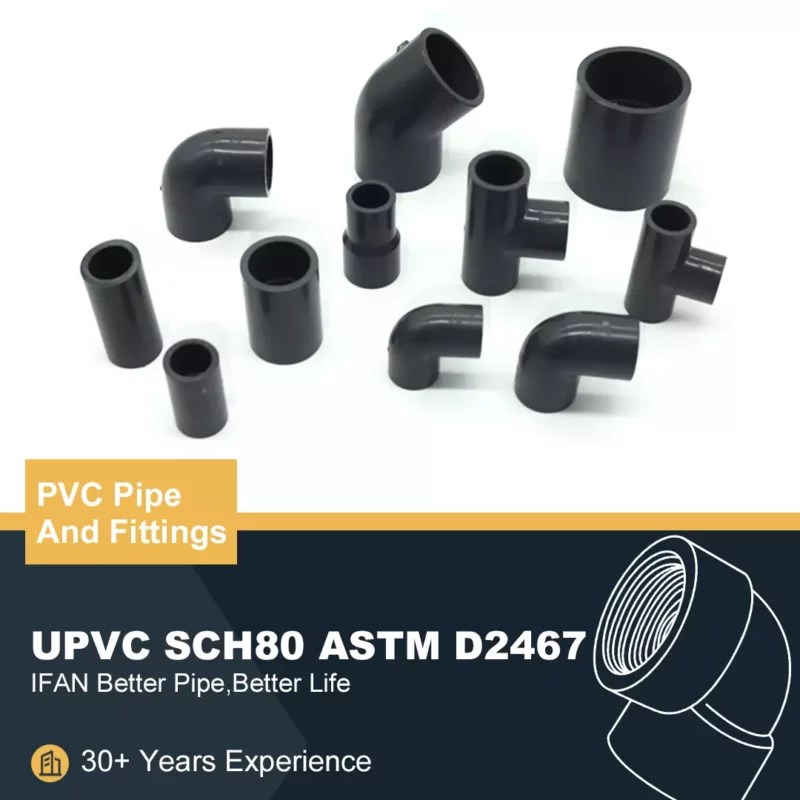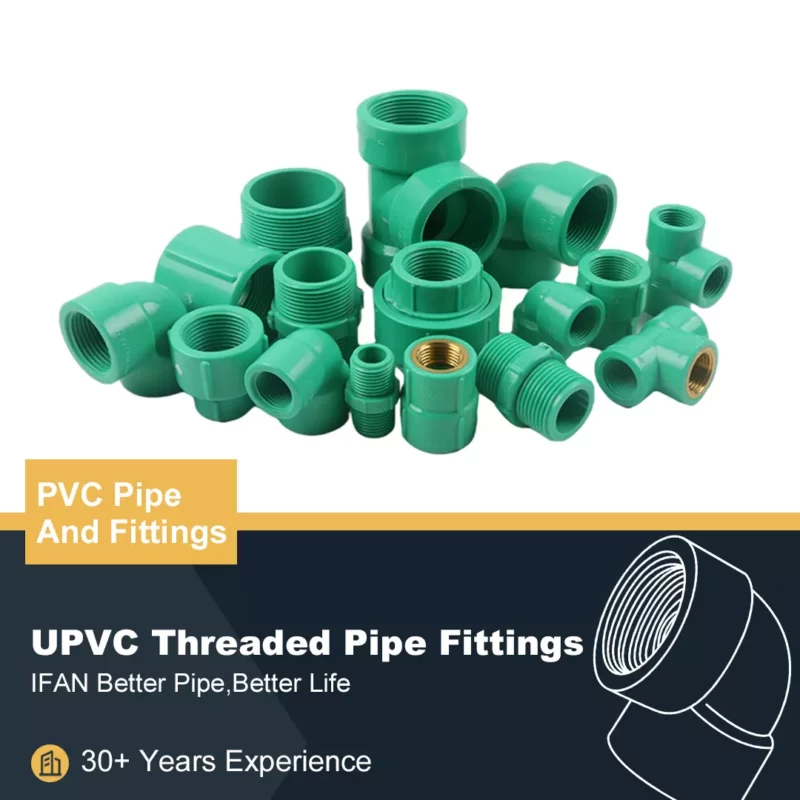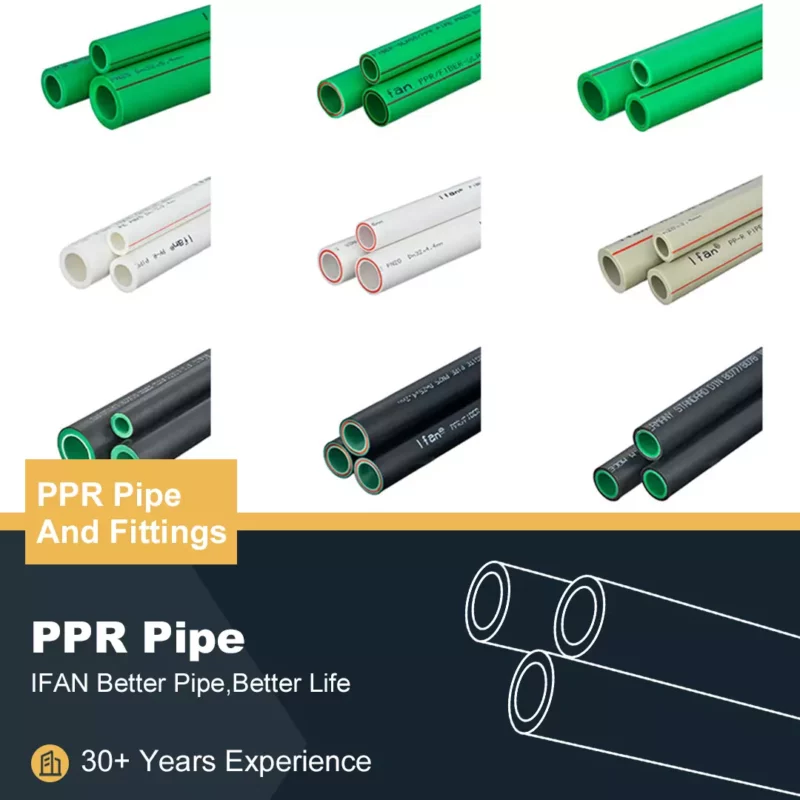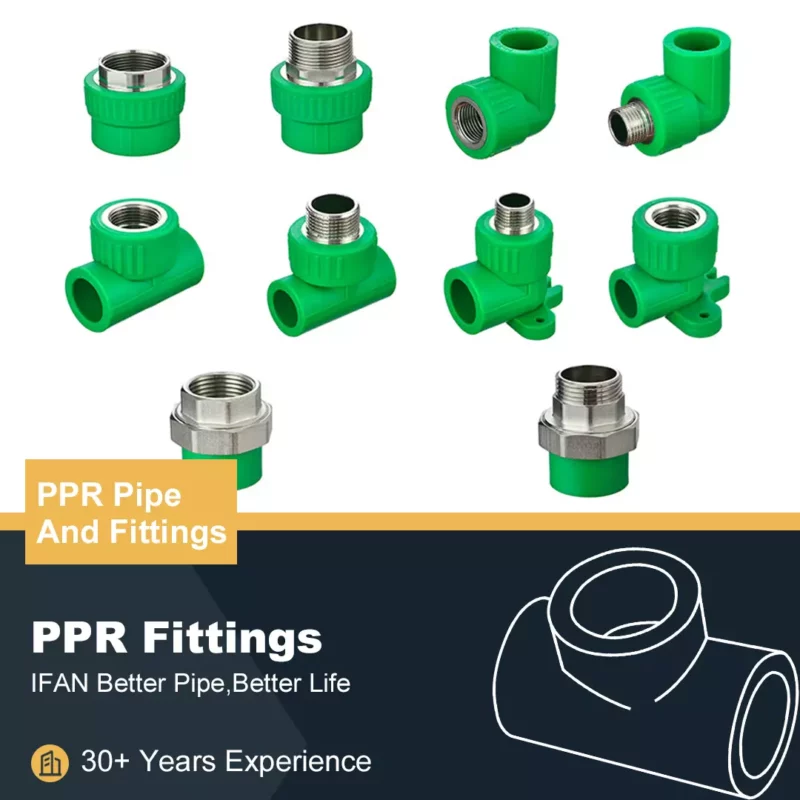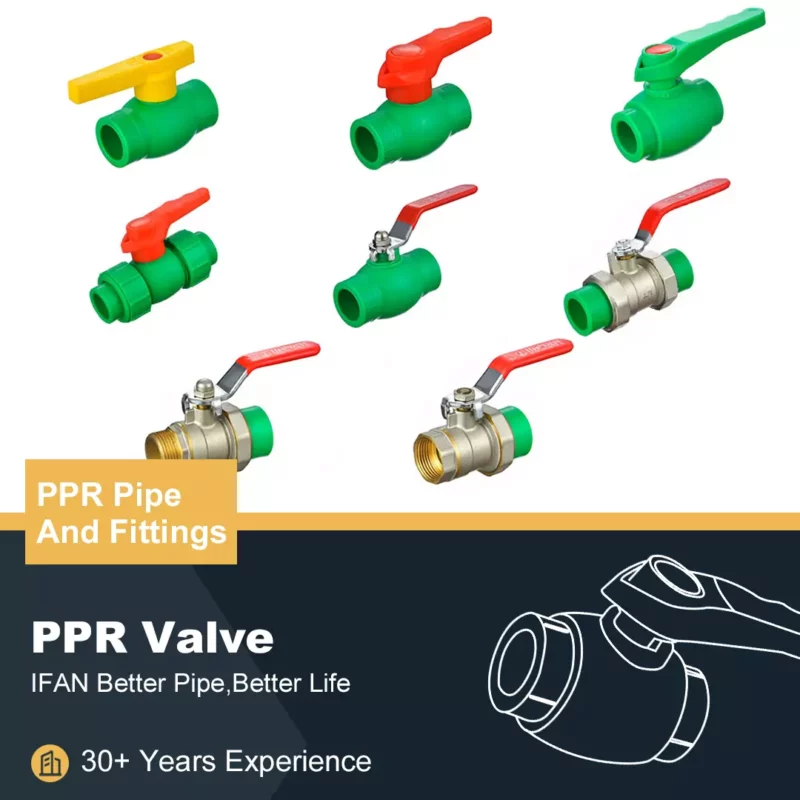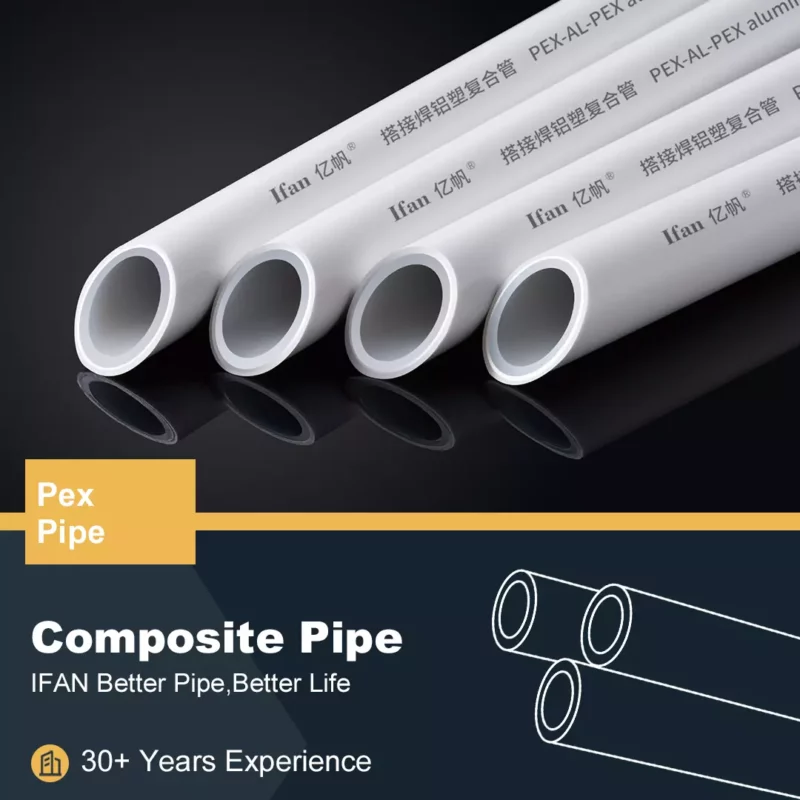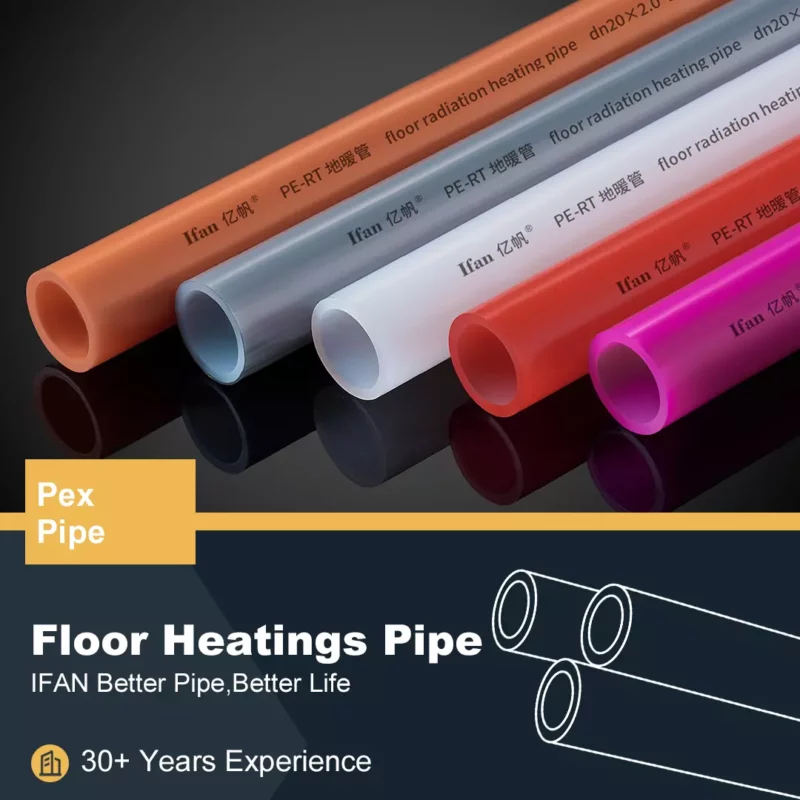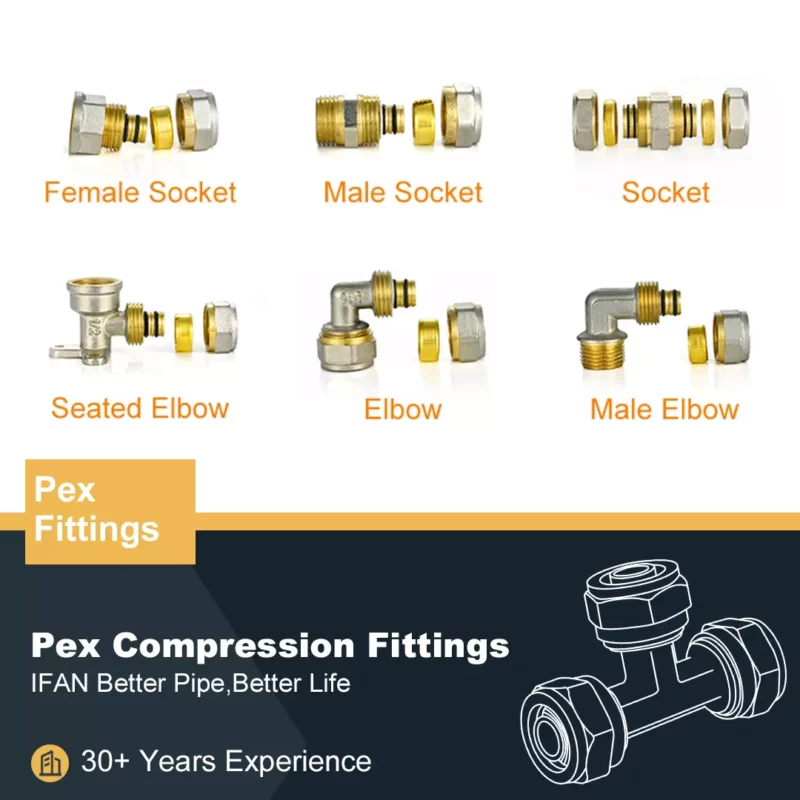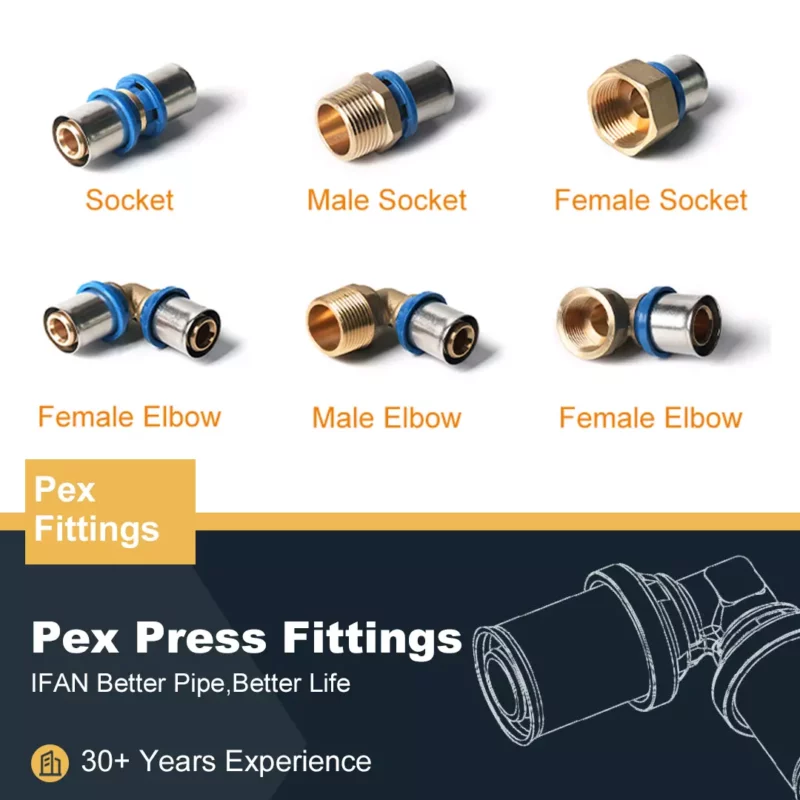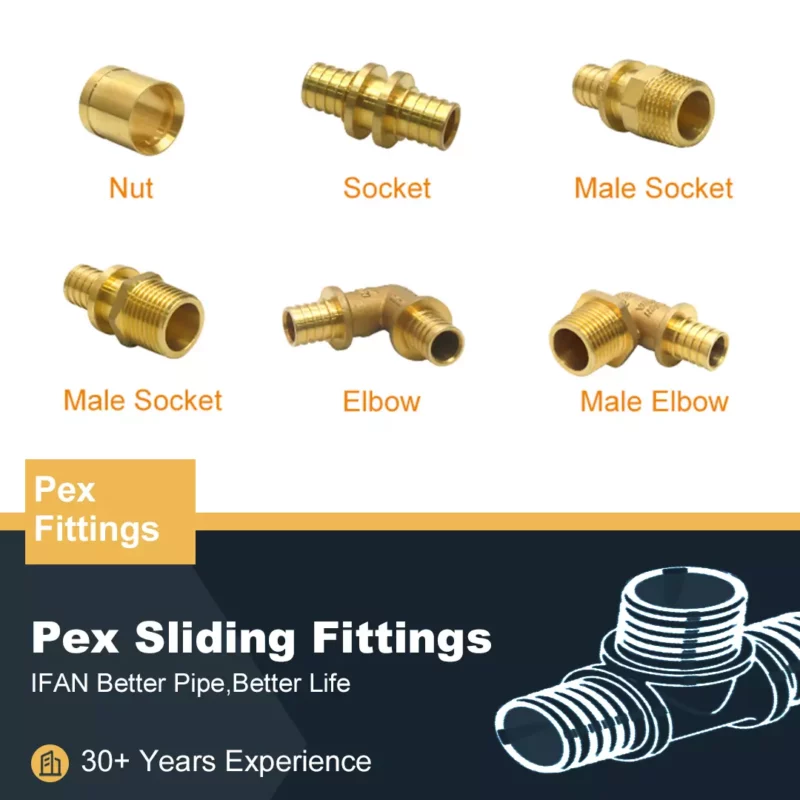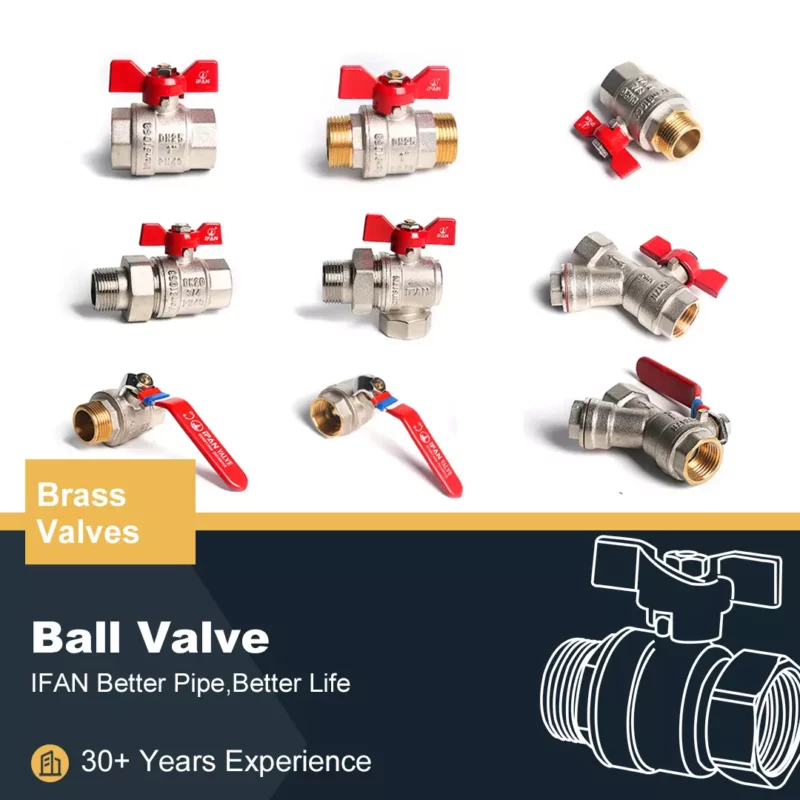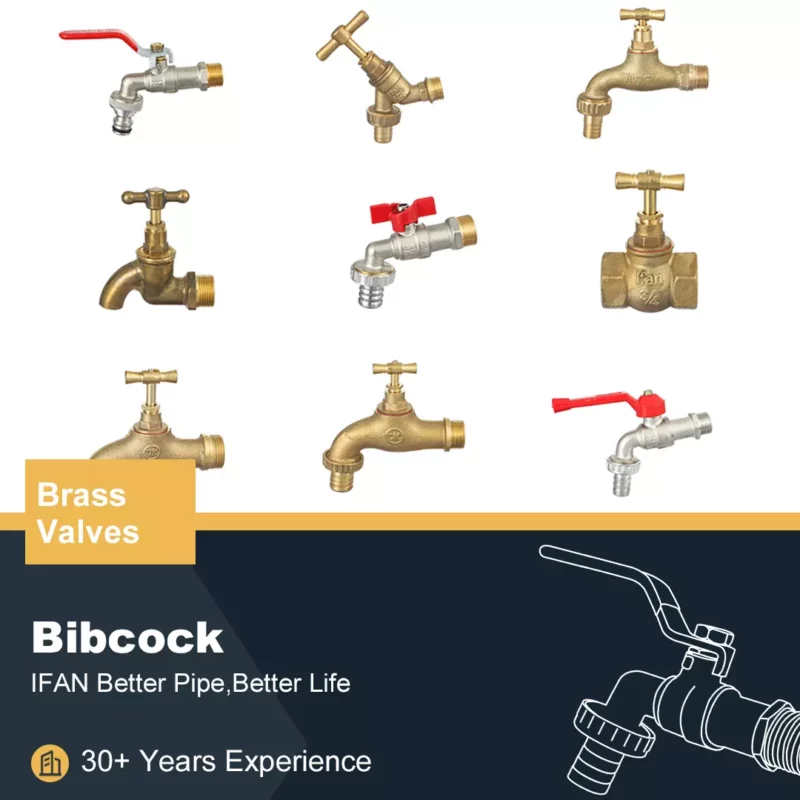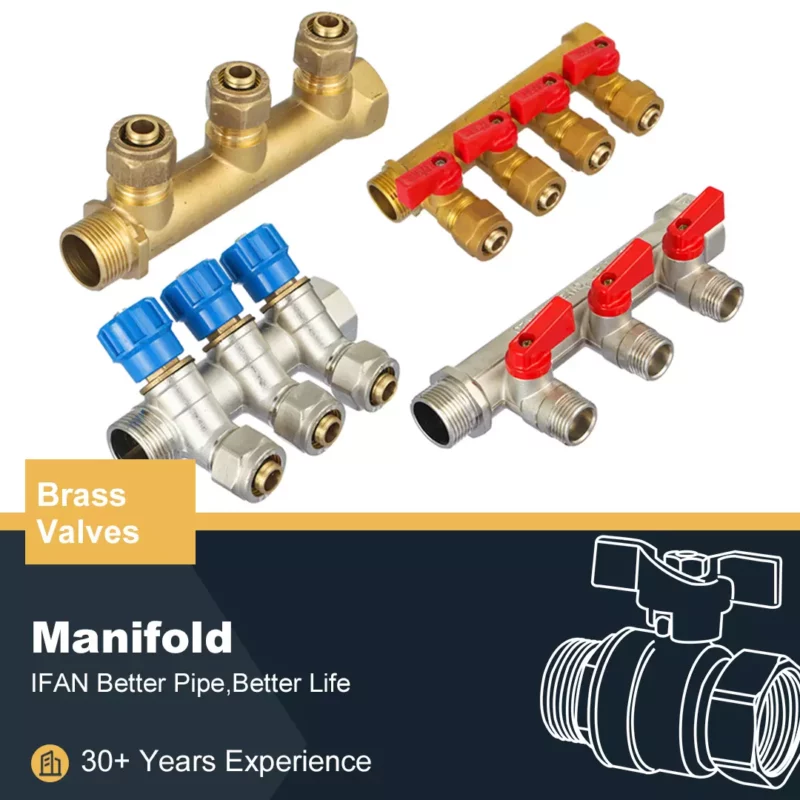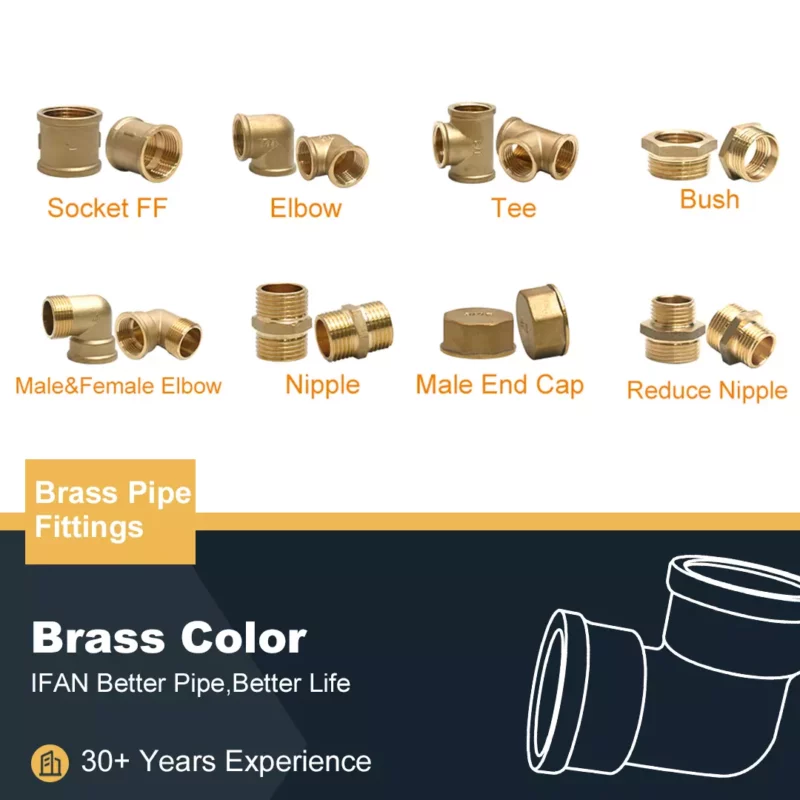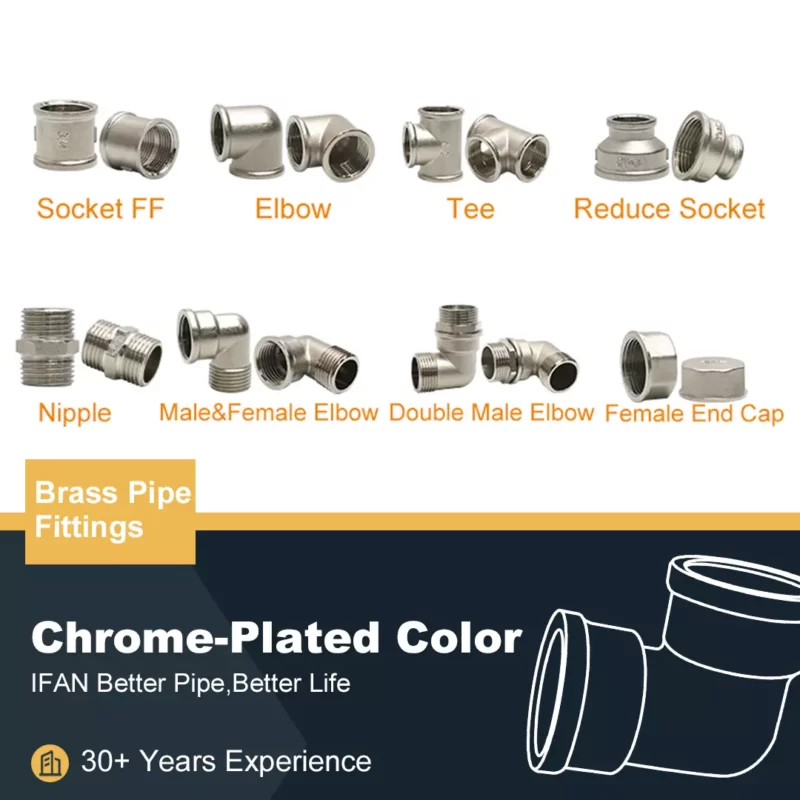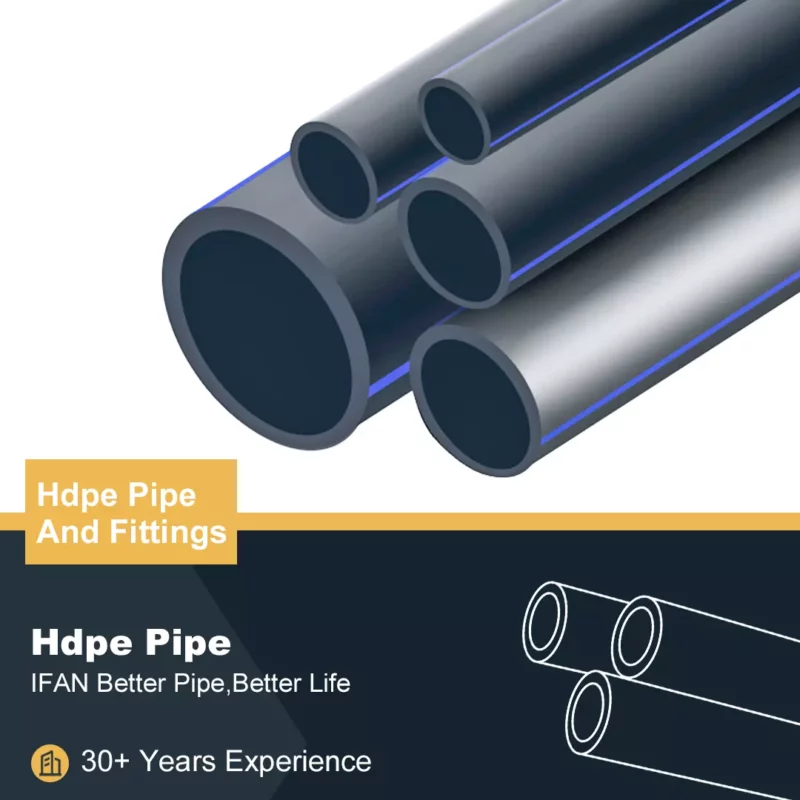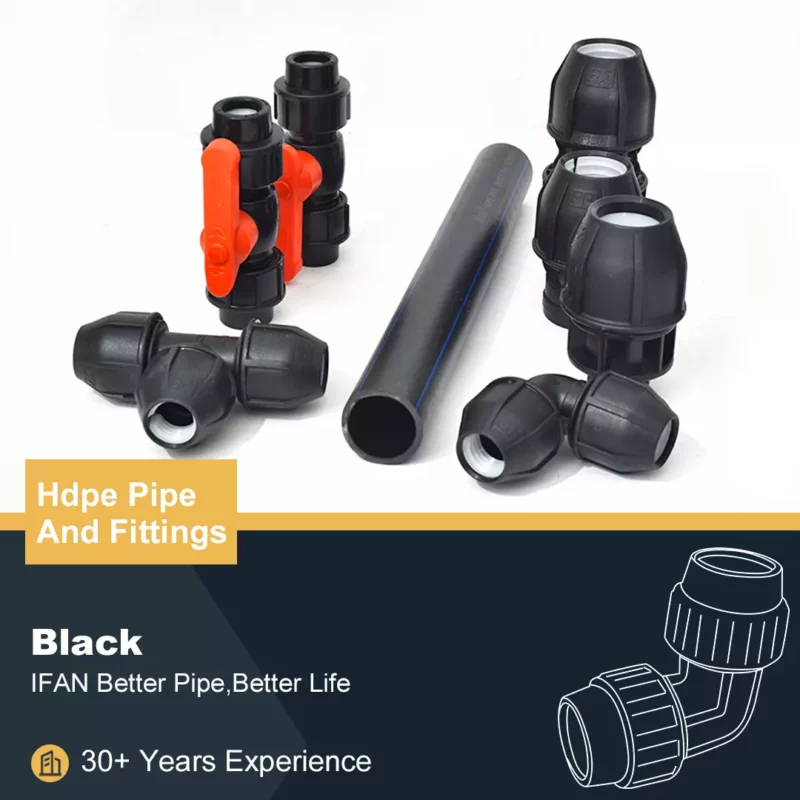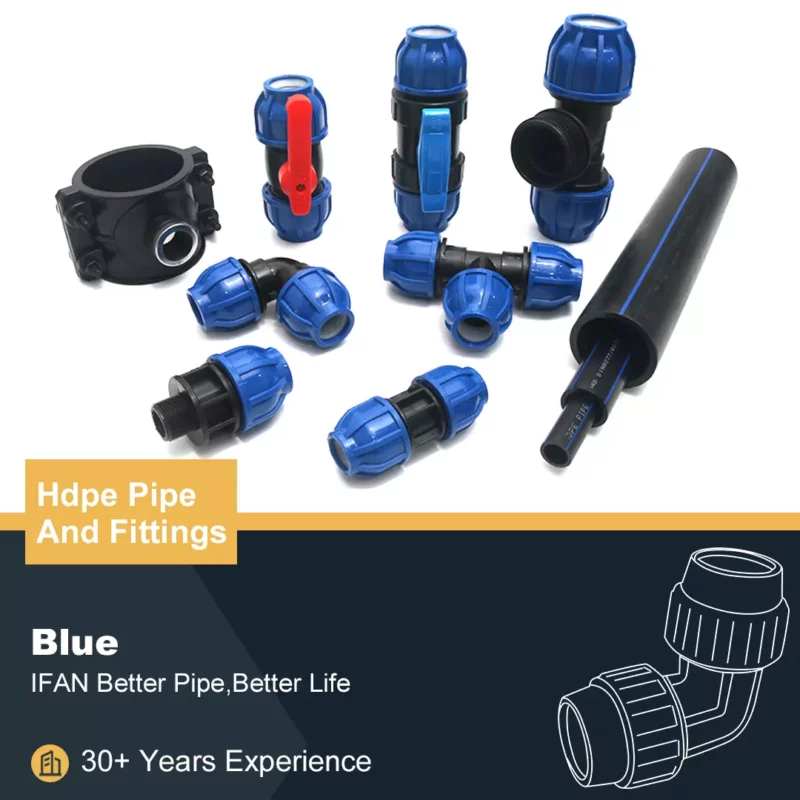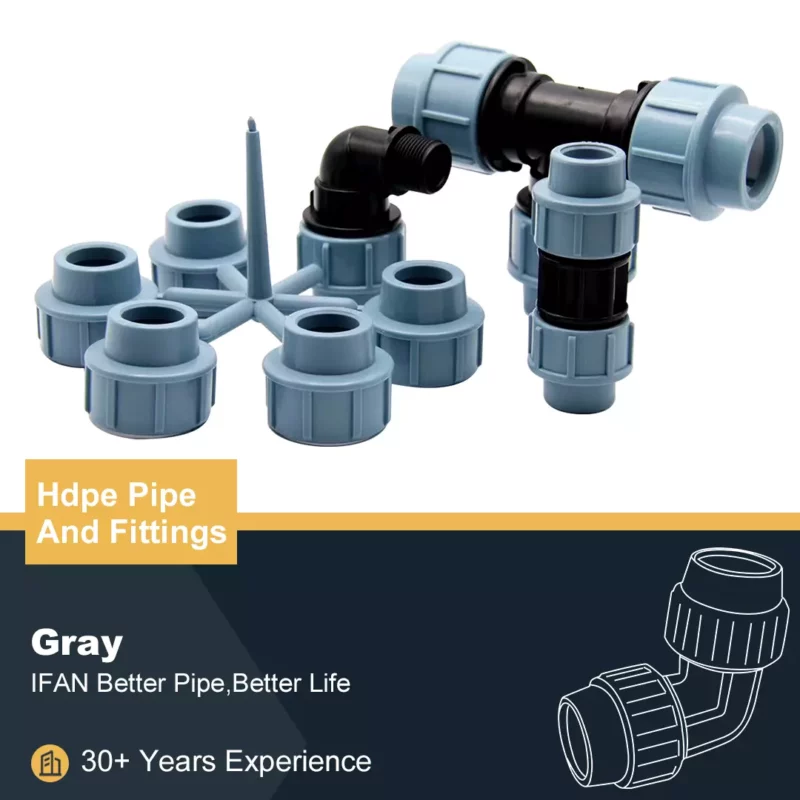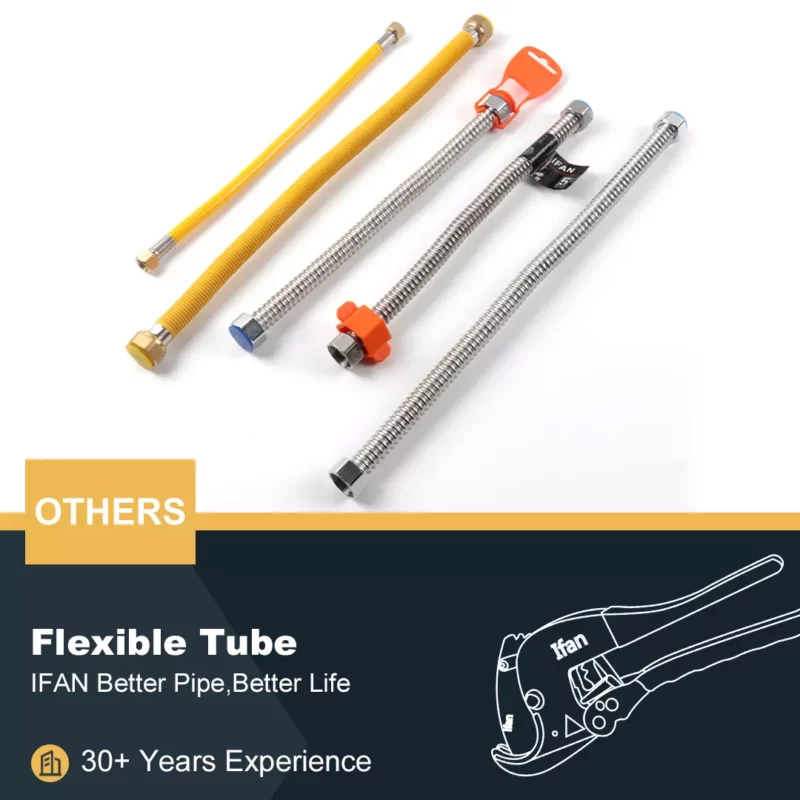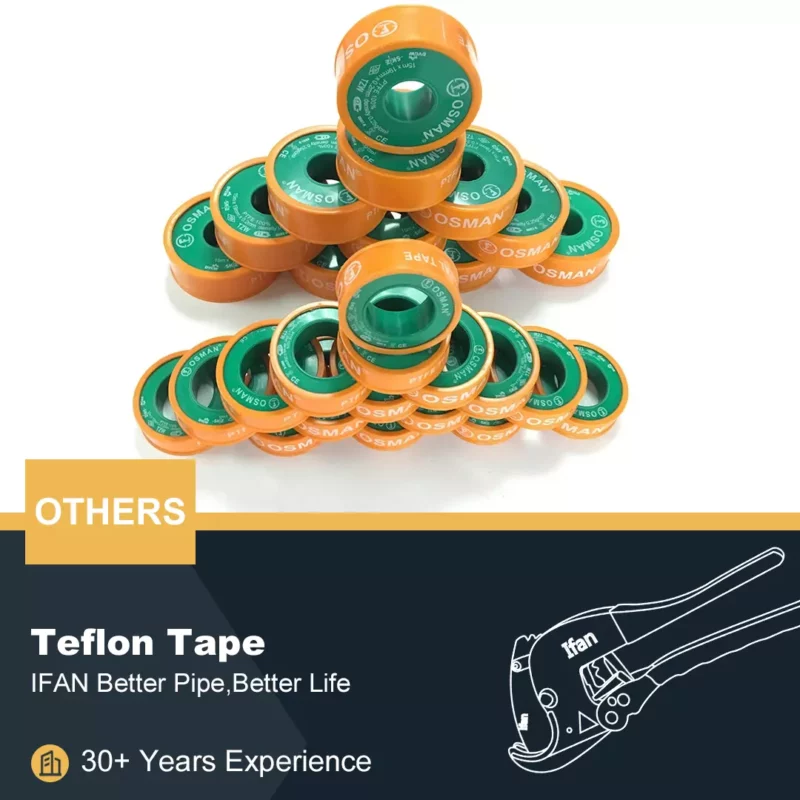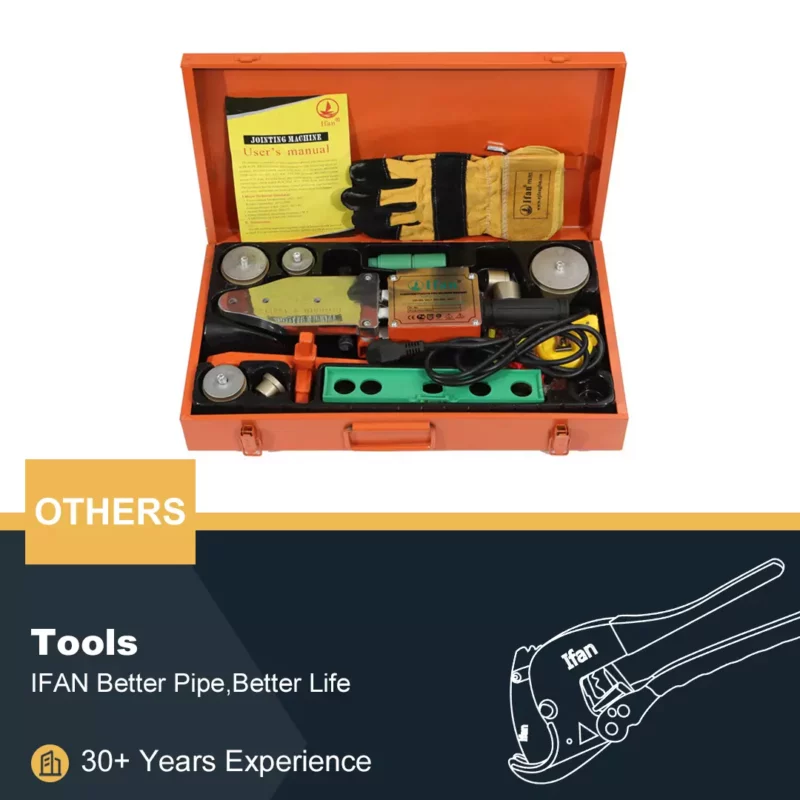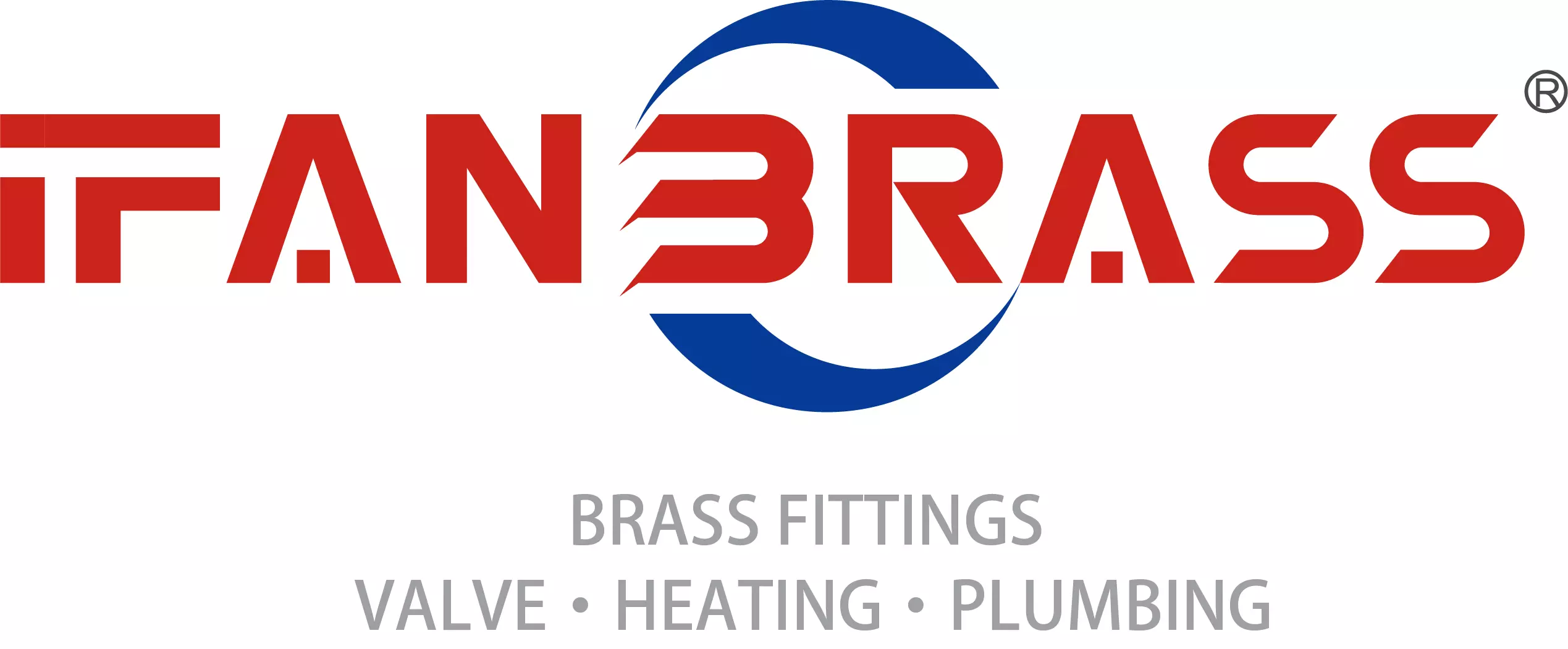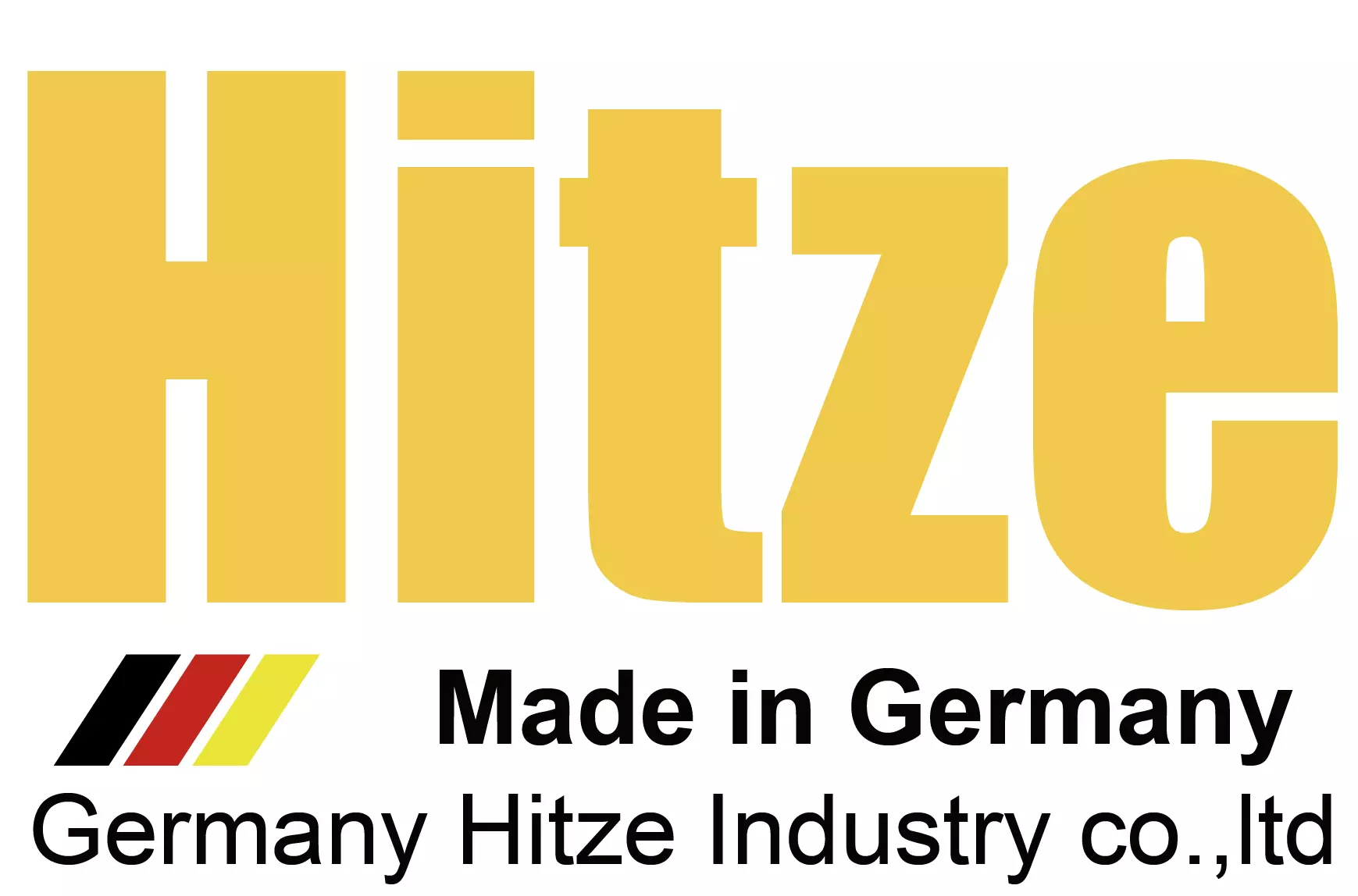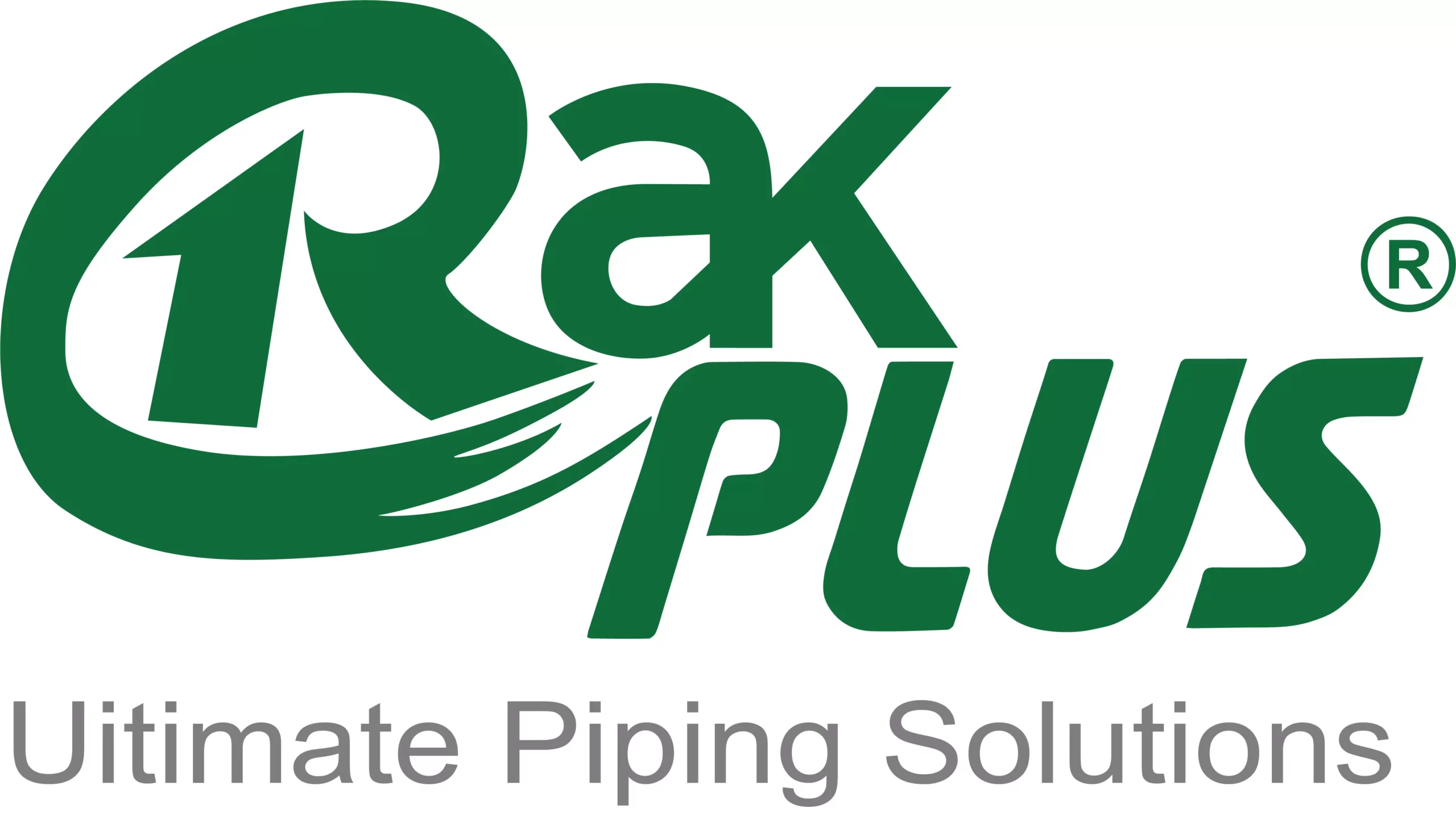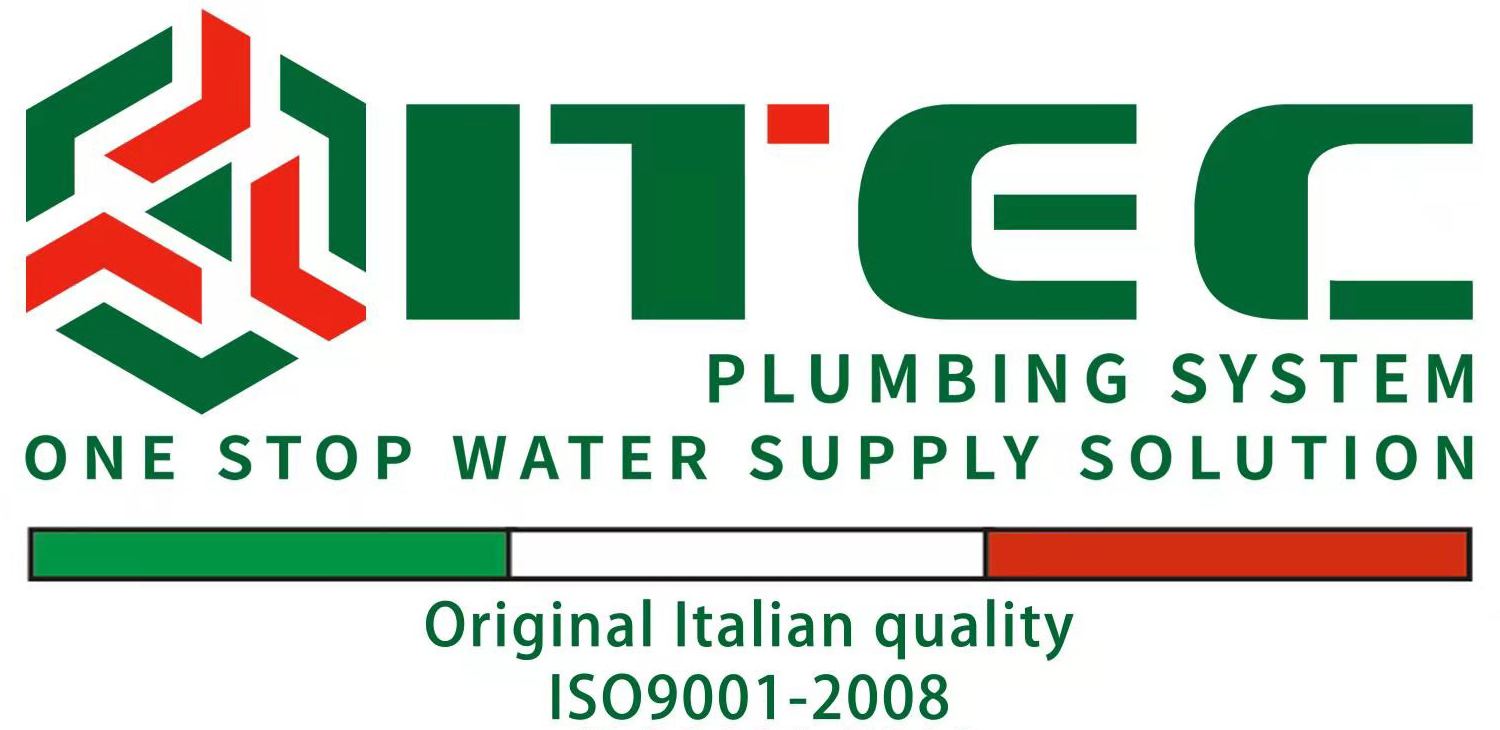1. Overview of PPH Material
Polypropylene Homopolymer (PPH) is a type of polypropylene known for its strong performance in various applications. It is a widely used thermoplastic polymer in fittings due to its specific material characteristics. PPH is recognized for its rigidity, chemical resistance, and cost-effectiveness, making it suitable for a range of industrial uses.
2. Chemical Resistance
PPH fittings are renowned for their excellent chemical resistance. They can withstand exposure to a variety of acids, bases, and salts. This makes PPH an ideal choice for chemical processing industries. For example, PPH fittings are used to transport sulfuric acid and other corrosive substances without degrading or leaching. This resistance extends the lifespan of the fittings and ensures reliable operation in harsh chemical environments.
3. Temperature Tolerance
PPH fittings exhibit good thermal stability and can operate effectively within a specific temperature range. They can typically handle temperatures up to 90°C (194°F) without significant deformation. This temperature tolerance is crucial for applications involving moderately heated fluids. For instance, PPH fittings are used in hot water systems where temperatures are within this range, ensuring they maintain their structural integrity and functionality.
4. Mechanical Strength
PPH has a high tensile strength, making it a robust material for fittings that require durability. It maintains its strength and rigidity under various pressures, which is vital for maintaining the stability of pipe systems. For example, they are commonly used in industrial piping systems where they can handle substantial pressure without deformation. However, compared to other materials, PPH has lower impact resistance, which should be considered when evaluating its suitability for applications involving high impact or shock loads.
5. Impact Resistance
While PPH is strong and rigid, its impact resistance is relatively lower than some other plastics and metals. This means that they may not be ideal for environments where high-impact forces are prevalent. For instance, in applications subject to frequent mechanical stress or vibration, materials with higher impact resistance might be preferred. Despite this, PPH’s overall durability makes it suitable for many applications where impact resistance is less critical.
6. Fabrication and Machining
PPH fittings are easy to fabricate and machine, which allows for precise production of various shapes and sizes. The material can be readily welded using heat fusion methods, creating strong and leak-proof joints. For example, in a custom piping system, they can be welded to create a seamless, continuous pipeline that meets specific design requirements. The ease of fabrication contributes to the material’s cost-effectiveness and versatility in different applications.
7. Lightweight Properties
One of the advantages of them is their lightweight nature. PPH is less dense compared to metals like steel or brass, making it easier to handle and install. This can reduce transportation and installation costs. For instance, in large-scale plumbing systems, using PPH fittings instead of heavier alternatives can simplify installation processes and reduce labor costs.
8. Environmental Impact
PPH is considered relatively environmentally friendly due to its recyclability. The material can be reprocessed and used in new products, reducing waste and environmental impact. For example, waste PPH fittings can be collected and recycled into new PPH products or other plastic items. However, while PPH is recyclable, the production and disposal processes still need to be managed to minimize environmental effects.
9. Cost-Effectiveness
PPH fittings are generally more cost-effective compared to metal fittings. Their lower material cost and ease of manufacturing contribute to their affordability. For instance, in large-scale industrial projects, choosing PPH fittings can result in significant cost savings compared to using more expensive materials. This cost-effectiveness, combined with their durability and chemical resistance, makes PPH a popular choice in many applications.
10. Applications and Suitability
Due to its material characteristics, PPH is suitable for a wide range of applications. It is commonly used in chemical processing, water treatment, and industrial piping systems. For example, PPH fittings are often found in systems that handle neutral to moderately corrosive chemicals, as well as in water distribution systems where temperature and chemical exposure are controlled. Its combination of properties makes it a versatile material for various industries.
IFAN International Standard for PPH Tubing
IFAN standards for Polypropylene Homopolymer (PPH) fittings include several important international and national specifications to ensure quality and performance. The ISO 15494 series provides comprehensive guidelines on the dimensions and testing of PPH fittings, ensuring global compatibility and reliability. The EN ISO 15494 standard aligns with ISO standards but is tailored for European markets, ensuring that PPH fittings meet European safety and performance requirements. DIN 8077/8078 sets the specifications for PPH pipes and fittings in Germany, focusing on dimensional accuracy and material properties. The ASTM F2389 standard, used in the United States, outlines the performance criteria for PPH fittings in pressure applications. GB/T 19472 series provides Chinese standards for PPH fittings, covering dimensions, mechanical properties, and testing methods to ensure they meet national quality requirements. Lastly, NBR 15494 is the Brazilian standard that specifies the requirements and testing methods for PPH fittings, aligning with international practices to ensure their suitability for various applications. Together, these standards help ensure that PPH fittings are manufactured to high quality, suitable for diverse applications across different regions.
Conclusion
PPH fittings offer a unique set of material characteristics that make them suitable for specific applications. Their chemical resistance, temperature tolerance, and mechanical strength contribute to their reliability in various environments. While their impact resistance is lower compared to some materials, their lightweight nature and cost-effectiveness make them a valuable choice for many industrial and commercial applications. Understanding these characteristics helps in selecting the right fittings for optimal performance and durability.
If you have read this article and have any questions, please feel free to contact IFAN. Below is our contact information:
Whatsapp:+86 13373827623
Email:[email protected]

